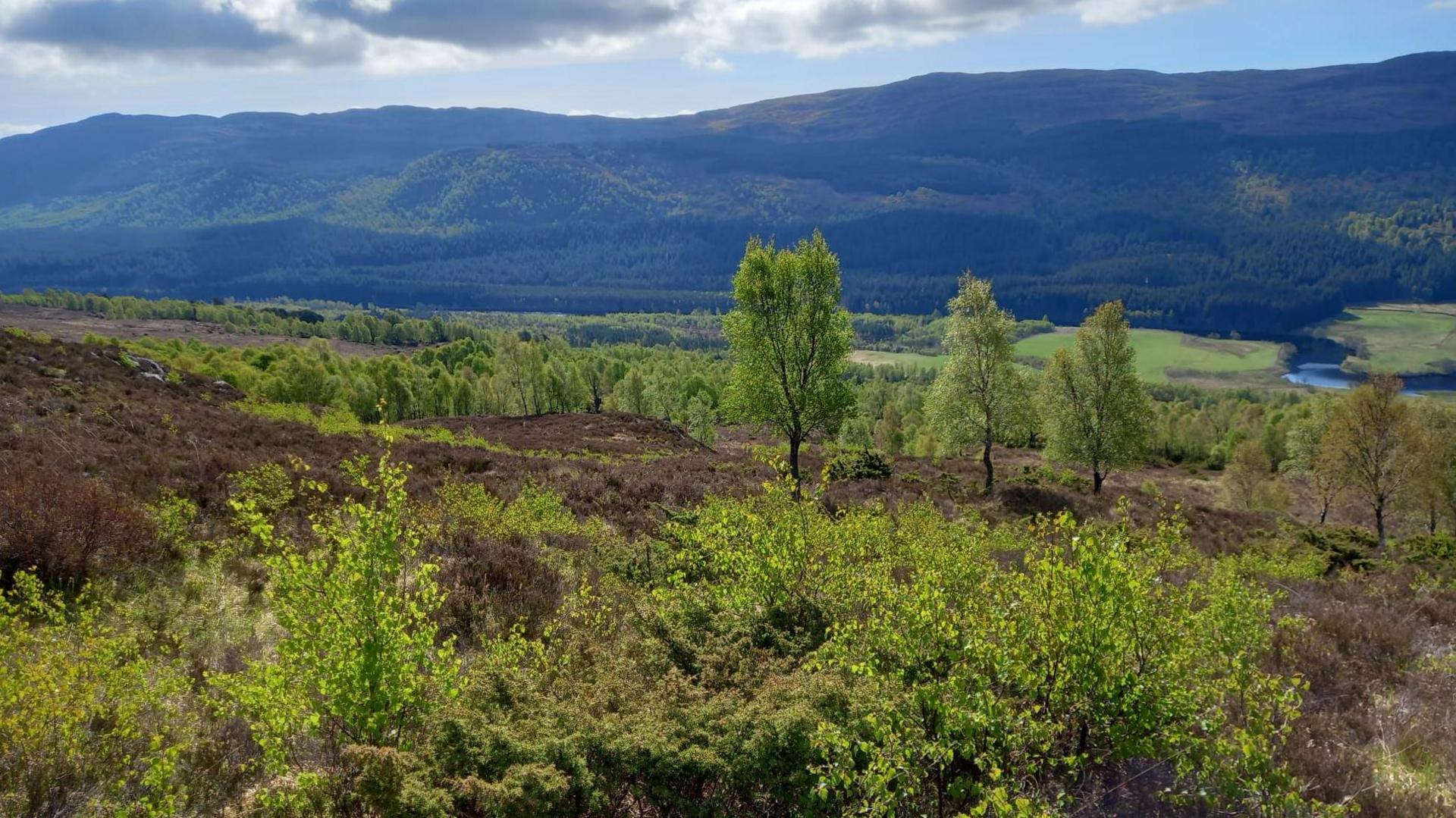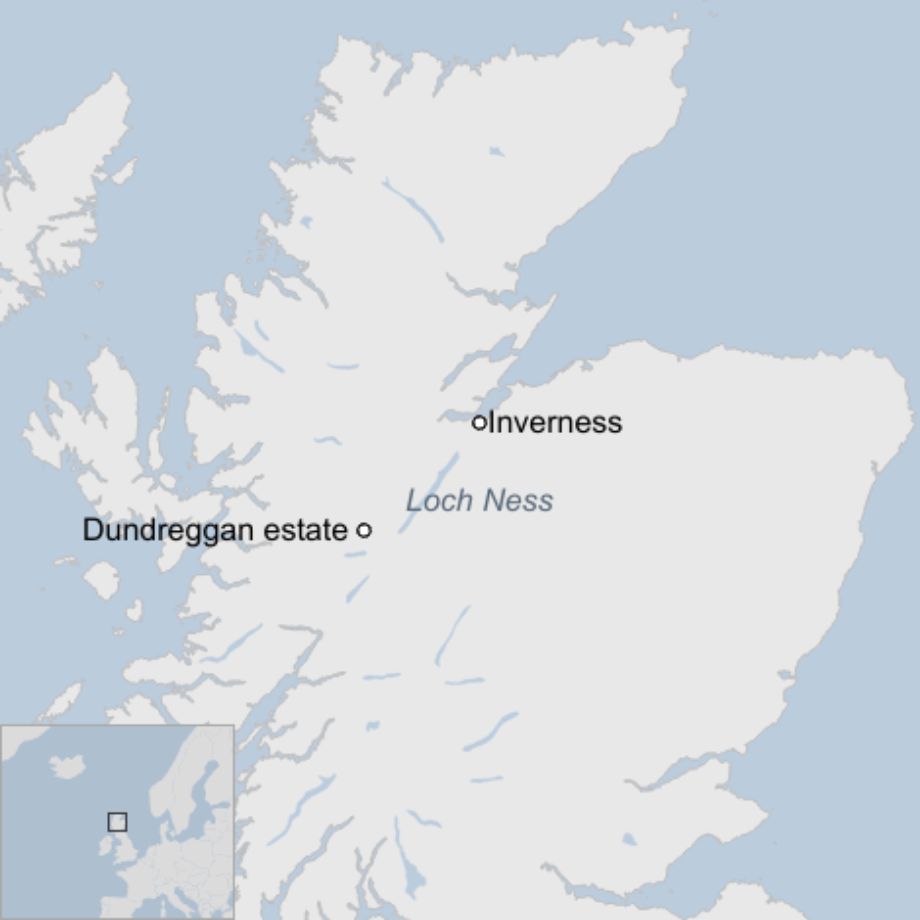Forest near Loch Ness gets special European status

Dundreggan's trees have been recognised for genetic diversity
- Published
A 10,000-acre estate in the Highlands has been awarded special European status recognising its genetic diversity of tree species.
Parts of the juniper and silver birch woodland at Trees for Life's Dundreggan rewilding centre in Glenmoriston have been classed as Gene Conservation Units.
A spokesperson for the conservation charity said the "unusually wet location" of juniper and the "extreme westerly location" of silver birch have helped make the tree populations unique.
The classification has been awarded by the European Forest Genetic Resources Network (EUFORGEN) which is managed in the UK by nature agency Forest Research.

The estate uses a "dynamic conservation" technique to protect the trees' genetic diversity. The land is encouraged to regenerate naturally within its specific environment and weather conditions.
Tom Sim, a Forest Research scientist, said: "The juniper and silver birch at Dundreggan are naturally occurring without historic planting.
"They've likely adapted to local conditions over many generations."
Juniper is a slow-growing evergreen shrub or small tree, with small blue-green needles and berries that ripen to a dark, blue-purple colour.
The species support biodiversity by providing shelter and food for wildlife. Juniper berries are also used to produce gin.
Silver birch is a fast-growing species which spreads over open ground. The tree's roots draw up nutrients, and its leaves add richness to soil.
Steve Micklewright, CEO of the charity Trees For Life, said: "We often think all trees are the same, but they are as diverse as people.
"The more genetic diversity there is, the more chance they have of long-term survival."
The Gene Conservation Unit status means Dundreggan's juniper and silver birch will be monitored to ensure their survival and natural regeneration.